In today’s fast-paced world, where time is limited and fitness goals are diverse, hybrid workout plans have emerged as a revolutionary approach to achieving optimal health and performance. By strategically blending strength training, cardio, functional movement, and flexibility routines, hybrid workouts deliver powerful results tailored to all fitness levels.
Contents
- 1 What is a Hybrid Workout Plan?
- 2 The Core Benefits of Hybrid Training
- 3 Key Components of an Effective Hybrid Workout Plan
- 4 How to Design a Weekly Hybrid Workout Plan
- 5 Hybrid Workout Equipment Essentials
- 6 Best Practices for Hybrid Training Success
- 7 Who Should Try Hybrid Workouts?
- 8 Final Thoughts: Why Hybrid Workout Plans Are the Future of Fitness
What is a Hybrid Workout Plan?
A hybrid workout plan is a structured fitness regimen that integrates multiple forms of exercise into a single, cohesive program. Rather than focusing solely on one discipline (like weightlifting or running), it combines resistance training, cardiovascular conditioning, high-intensity interval training (HIIT), yoga, mobility drills, and even sport-specific movements. This multidisciplinary fusion promotes balanced physical development, reduces risk of overuse injuries, and keeps workouts engaging.
The Core Benefits of Hybrid Training
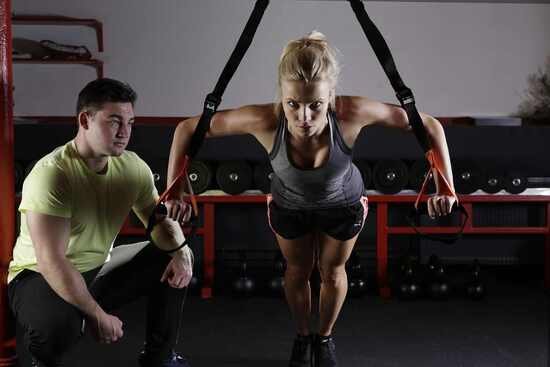
1. Maximized Strength and Endurance
By combining weight training with cardiovascular conditioning, hybrid programs ensure that the body not only grows stronger but also gains stamina. This dual adaptation builds a more resilient, functional physique capable of performing under diverse conditions.
2. Improved Fat Loss and Muscle Retention
Hybrid workouts spike the metabolic rate through alternating anaerobic and aerobic systems. The result? Accelerated fat burning, especially when incorporating HIIT circuits with weightlifting. Meanwhile, resistance work preserves lean muscle mass, promoting a toned and sculpted body.
3. Increased Workout Variety
Plateaus and boredom often derail fitness progress. With hybrid routines, the diversity of movements—from kettlebell swings to cycling sprints to mobility flows—keeps things fresh and challenging.
4. Better Time Efficiency
Why spend separate hours on cardio and lifting? Hybrid sessions condense both into efficient formats, often in under 60 minutes, making them ideal for busy professionals or parents.
Key Components of an Effective Hybrid Workout Plan
Strength Training
At the heart of every hybrid program is resistance training. Using barbells, dumbbells, kettlebells, resistance bands, or bodyweight, this element builds muscle, strengthens joints, and boosts metabolism. We recommend compound lifts—such as squats, deadlifts, bench presses, and rows—to engage multiple muscle groups simultaneously.
This also brings up the important debate of bodyweight vs equipment workouts. While equipment offers greater load progression and muscle isolation, bodyweight exercises—such as push-ups, pull-ups, and planks—develop functional strength, stability, and coordination. A true hybrid plan blends both, leveraging the versatility of bodyweight movements with the power of equipment-based training.
Cardiovascular Conditioning
Incorporate both steady-state cardio (like jogging or cycling for endurance) and HIIT (sprints, battle ropes, burpees) to enhance heart health and burn calories efficiently. HIIT especially pairs well with lifting to keep workouts intense yet brief.
Mobility and Flexibility Work
Dynamic stretches and yoga flows improve range of motion, reduce injury risk, and enhance overall movement quality. Techniques like foam rolling, PNF stretching, and yoga-based mobility drills are ideal for recovery and performance enhancement.
Core Stability
A solid hybrid plan never neglects the core. Use planks, ab rollouts, hanging leg raises, and anti-rotation exercises to stabilize the spine, improve posture, and enhance force transmission in compound lifts.
How to Design a Weekly Hybrid Workout Plan
Here’s an example of a balanced 6-day hybrid training split:
#1 – Full Body Strength + HIIT
- Barbell Back Squats – 4 sets x 6 reps
- Pull-ups – 3 sets to failure
- Dumbbell Bench Press – 3 sets x 8 reps
- 15-minute HIIT finisher (bike sprints, jump squats, kettlebell swings)
#2 – Cardio Conditioning + Core
- 20-minute treadmill intervals (1:1 ratio work/rest)
- Hanging Leg Raises – 3 sets x 15
- Russian Twists – 3 sets x 20
- Plank Hold – 3 x 1 minute
#3 – Mobility and Recovery Flow
- Yoga-based flow for 45 minutes
- Foam rolling and deep tissue massage
- Breathing and diaphragmatic drills
#4 – Upper Body Push/Pull + Metcon
- Overhead Press – 4 sets x 6
- Barbell Row – 4 sets x 8
- Push-ups – 3 sets x max reps
- 12-minute AMRAP (as many rounds as possible):
- 10 Burpees
- 15 Kettlebell Swings
- 20 Air Squats
#5 – Endurance Cardio + Active Recovery
- 40-minute bike ride or swimming session
- Gentle dynamic stretching (hip openers, shoulder mobility)
- Core stability drills
#6 – Lower Body Strength + HIIT
- Deadlifts – 4 sets x 5 reps
- Walking Lunges – 3 sets x 20 steps
- Glute Bridges – 3 sets x 15
- 10-minute HIIT (tire flips, sled pushes, battle ropes)
#7 – Rest or Light Recovery
- Optional: walk, foam rolling, meditation
Hybrid Workout Equipment Essentials
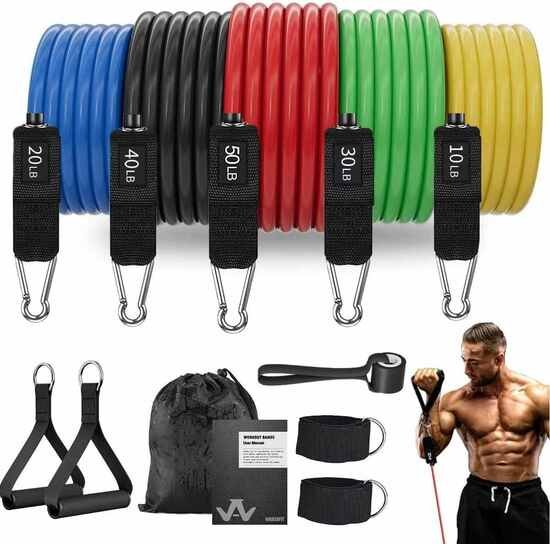
To follow a hybrid plan from home or at the gym, stock your space with:
- Adjustable dumbbells/kettlebells
- Resistance bands
- Yoga mat
- Jump rope
- Pull-up bar
- Cardio machine (bike, rower, or treadmill)
- Foam roller for recovery
This versatile setup supports both bodyweight vs equipment workouts, allowing you to train anytime, anywhere, with maximum flexibility.
Best Practices for Hybrid Training Success
- Progressive Overload: Gradually increase weights, reps, or intensity over time.
- Periodization: Cycle between heavy, moderate, and light phases to avoid burnout.
- Recovery Focus: Incorporate sleep, hydration, mobility, and nutrition to support results.
- Track Metrics: Use apps or journals to log strength gains, VO2 max, or body composition changes.
- Stay Consistent: Aim for at least 4-5 sessions weekly for optimal results.
Who Should Try Hybrid Workouts?
Hybrid training is ideal for:
- Busy professionals who want full-body results without long gym sessions
- Athletes seeking balanced performance
- Beginners wanting a complete fitness foundation
- Advanced lifters needing more mobility and conditioning
- Weight loss seekers aiming to burn fat while retaining muscle
Whether your goal is to gain upper body strength, increase stamina, or improve overall fitness, a hybrid plan offers a customizable and effective path forward.
Final Thoughts: Why Hybrid Workout Plans Are the Future of Fitness
In an era of personalization and performance optimization, hybrid workout plans offer the most comprehensive approach to achieving fitness success. By integrating multiple training modalities, they foster a well-rounded, injury-resistant, and athletic body capable of thriving in any environment.
Commit to a hybrid plan, track your progress, and embrace the variety—it might just be the missing link between your current routine and the transformation you’ve been chasing.



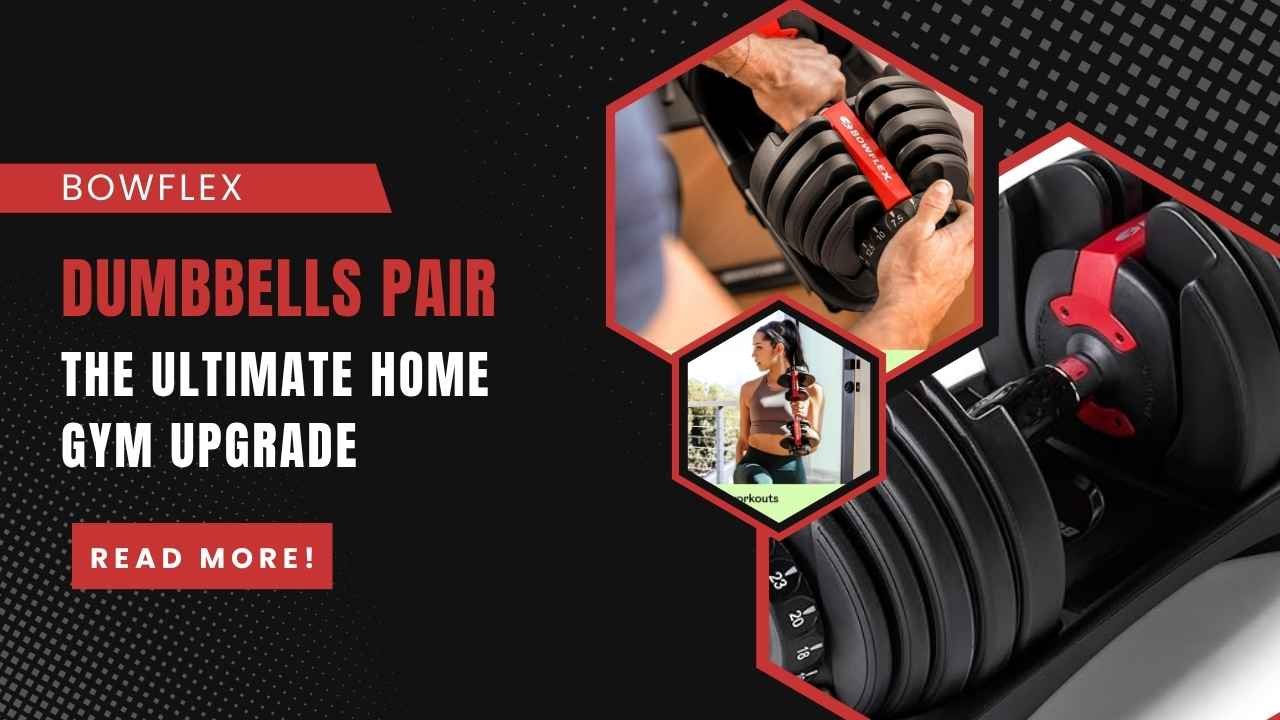
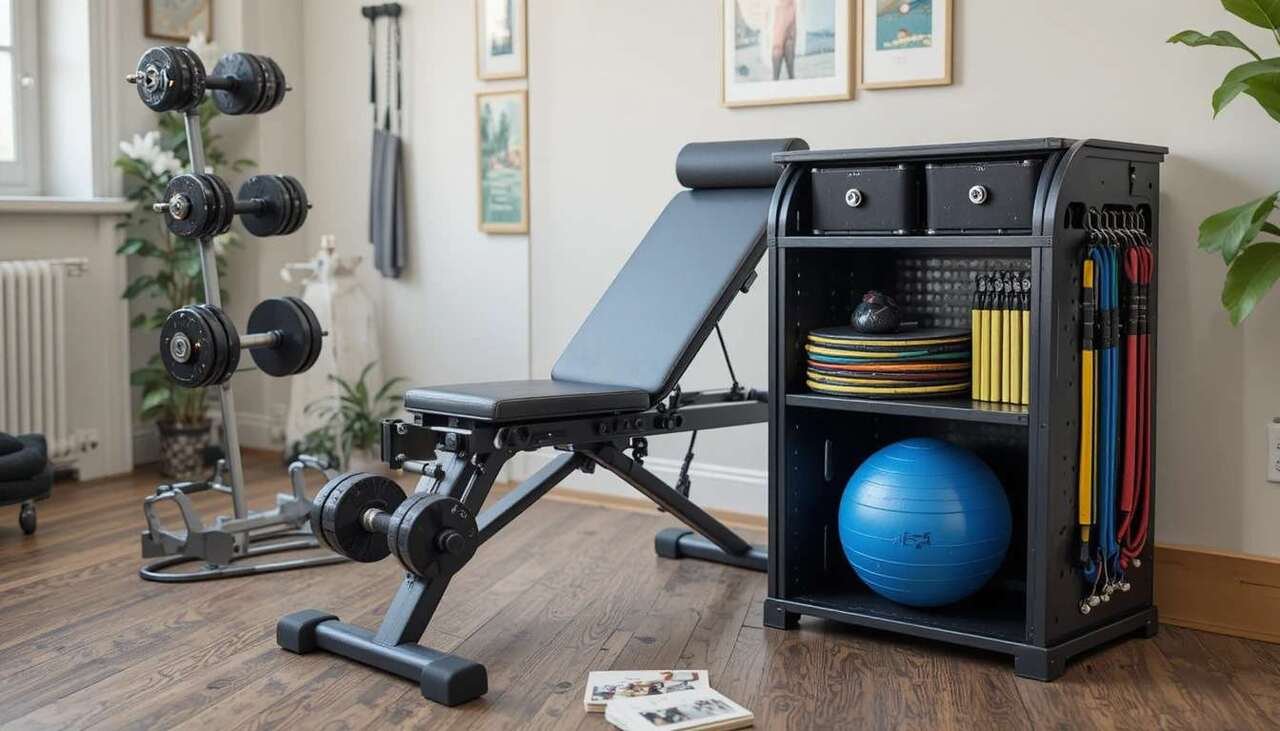




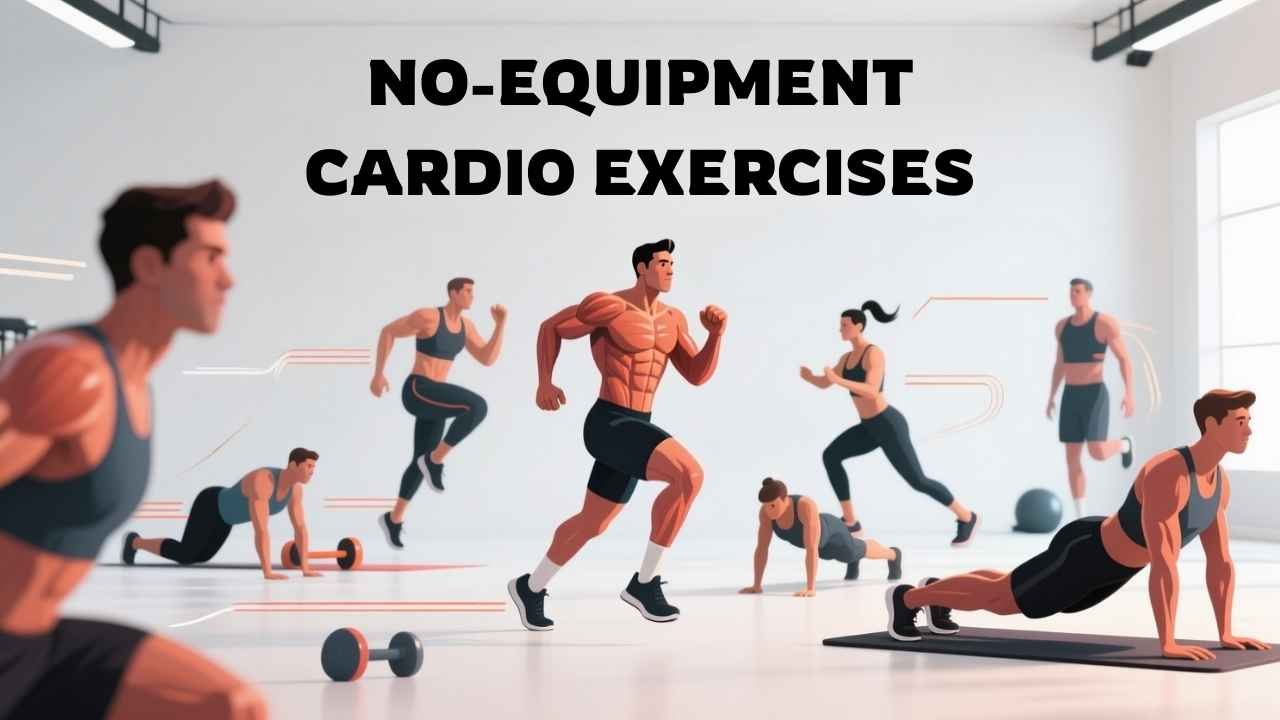

Leave a Reply